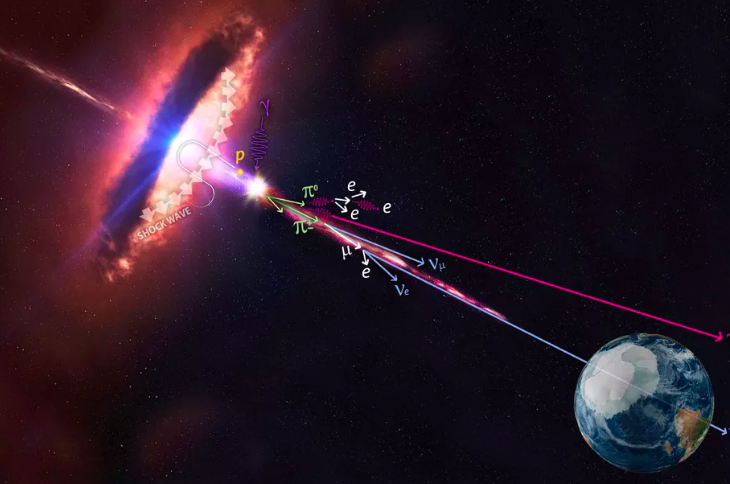
It is hunting sterile neutrinos and testing the liquid-argon technology that will be used for the enormous Deep Underground Neutrino Experiment. The MicroBooNE detector is one of the three short-baseline neutrino detectors at Fermilab. A similar signal at a new location is a hint that an unknown kind of neutrino was hiding behind the scenes. This was a similar signature of oscillation that had been seen for the known neutrino flavors, but at a distance and energy combination researchers weren’t expecting. The hints of sterile neutrinos come from a couple of experiments. The Liquid Scintillator Neutrino Detector (LSND) experiment at Los Alamos National Laboratory studied a decay-at-rest beam made of mainly muon neutrinos and found more electron neutrinos than they predicted. But there could be any number of extra “sterile” neutrinos that LEP would be unable to see-though scientists would still need to figure out why.

By measuring the decays of the Z boson, scientists were able to measure to a very high precision that only three neutrinos couple to the weak force: the electron, muon and tau neutrinos. One particle, the Z boson, is the carrier of the weak force, and how quickly it decays depends strongly on the number of particles that it couples to. Credit: CERNĪt the Large Electron-Positron (LEP) collider at CERN, scientists measured the particles that emerged from collisions between electrons and positrons. Technicians make delicate adjustments to one of LEP’s thousands of magnets in 1999. How would scientists even know they were there? This is exactly the challenge with searching for “sterile” neutrinos. For example, 50 percent of the neutrinos coming from the sun will pass through a light-year of lead without interacting.īut imagine a neutrino, already nearly massless, that does not interact through the weak force. It is this lack of interactions (and their tiny mass) that gives them their ghostly nature. Neutrinos interact through two of the four Standard Model forces: the weak force and gravity. Much more data is needed before anything can be decided definitively. If neutrinos oscillate into this fourth kind of neutrino, that could explain the rapid changes and the anomalies seen in experiments. And some experiments have seen neutrinos appearing or disappearing over much shorter distances than the experiments on neutrinos from more distant locations, such as the atmosphere or sun. Some experiments have seen an excess neutrino oscillation where theory predicted they shouldn’t be. One way to discover these secretive particles involves oscillation. Because the weak force would ignore them, sterile (right-handed) neutrinos would interact only through gravity, making them borderline invisible.

But if there are right-handed neutrinos, they could be the predicted sterile neutrinos.

So far, scientists have found only left-handed neutrinos. The weak force strongly prefers to interact with left-handed particles. These are right-handed and left-handed particles, and they’re important because one of nature’s four forces-the weak force-does not treat them equally. The way your fingers curl represents a particle’s spin, and your thumb points in the direction of travel. Helicity refers to how the spin relates to the movement of the particle, and it’s analogous to the idea of someone being left handed or right handed. The particles don’t literally spin like a top, but this is still a good way of thinking about it. Particles (including the wacky neutrino) have properties called spin and helicity. Is there just one to add in, or perhaps a parallel three? Or maybe there are even more! While they know of the three flavors of neutrinos, scientists aren’t sure how many kinds of sterile neutrinos there might be.


 0 kommentar(er)
0 kommentar(er)
